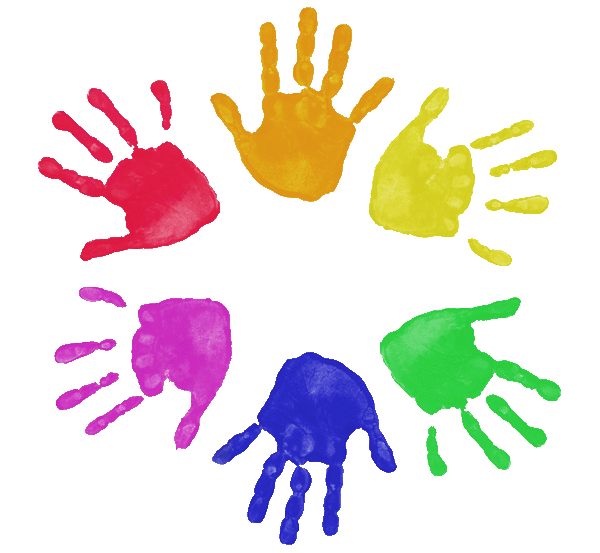Speech Therapy Services
Before beginning speech therapy, an initial evaluation will be schedueld with one of our pediatric speech language pathologists. The evaluation includes a variety of standardized tests specifically designed to identify your child’s therapeutic needs. You will also be given information forms to complete which will assist us in developing an individualized treatment plan for your child.
AREAS AND PROBLEMS ADDRESSED IN THERAPY
In each session, a therapist will work with your child to address specific problems your child may be having in the areas of speech development. The following list identifies some of the areas and/or problems which may be addressed:
Articulation – Use of oral motor structures for the production of sounds and speech to communicate
Auditory Discrimination – Ability to identify and distinguish between different sounds. In auditory discrimination, a child is likely to find it difficult to follow verbal instructions given to the whole class or in a loud environment
Auditory Processing Disorder – Individuals with APD usually have normal structure and function of the outer, middle and inner ear, but have difficulty recognizing and interpreting sounds
Augmentative Communication – Devices are used to assist in communications needs and wants for children with varying diagnoses to include Autism, Down syndrome, Cerebral palsy, impaired verbal communication abilities.
Cognitive – Memory, problem solving, sequencing
Expressive Language – Ability to verbally form sounds and words for communication
Feeding and Swallowing – Feeding can be hindered due to texture intolerance, poor ability to chew food, form a bolus and swallow, poor ability to suck, swallow and breath while sucking from bottle
Hearing Impaired – Partial or total deafness, sign language
Oral Motor – Range of Motion, strength, coordination of muscles, oral structures to form sounds and words and to eat
Reading Comprehension – Ability to read and then to recall what it was you read
Receptive Language – A child’s ability to understand what is said to them
Social – Peer relations, turn taking, following directions, getting needs met appropriately, interacting with others, eye contact, appropriate responses, and safety awareness
